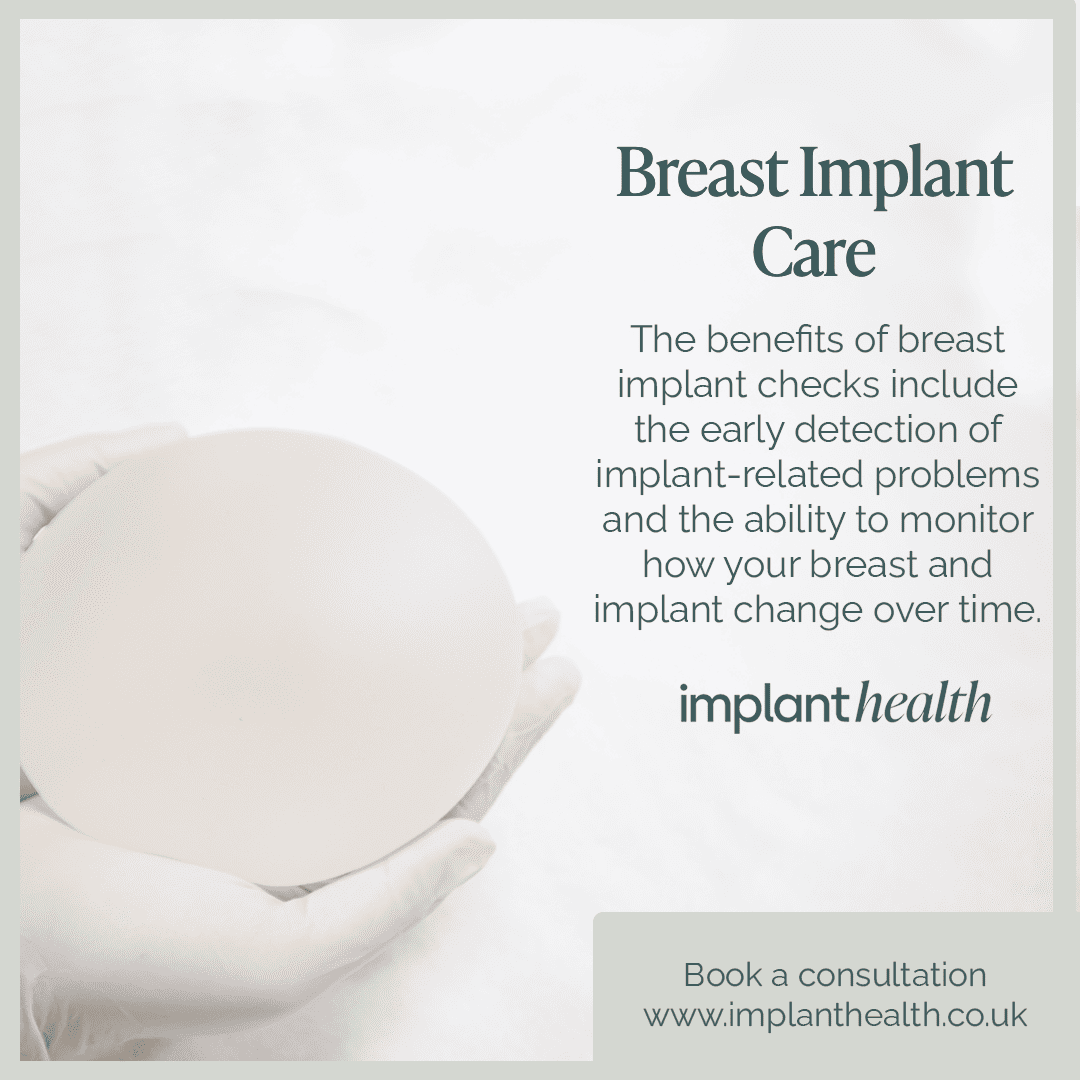Signs and symptoms of capsular contracture

Signs and Symptoms to Watch For:
Capsular contracture is a potential complication that can occur after breast augmentation surgery. It involves the formation of scar tissue around breast implants, causing the tissue to become tight, firm, and potentially distorted. While the exact cause of capsular contracture isn’t fully understood, understanding the signs and symptoms can help individuals detect it early and seek timely medical attention.
Physical Changes and Symptoms:
The severity of capsular contracture can vary, and its symptoms may range from mild to more noticeable changes in breast appearance and texture. Some common signs to watch for include:
- Increased Firmness: The affected breast might feel firmer than the other breast or firmer than it initially was after surgery.
- Breast Distortion: Capsular contracture can lead to changes in breast shape or appearance. The breast may appear rounder, higher, or even asymmetrical compared to the other breast.
- Discomfort or Pain: Some individuals with capsular contracture may experience discomfort, pain, or pressure in the affected breast.
- Breast Sensitivity: Changes in breast sensation or increased sensitivity may occur due to the tightness of the scar tissue.
- Visible Rippling or Wrinkling: In some cases, the scar tissue may cause the breast implant to be visible or palpable through the skin, leading to a rippled or wrinkled appearance.
Grading of Capsular Contracture
To standardize the assessment of capsular contracture, a grading system known as the Baker classification is commonly used. It categorizes the severity of the condition based on physical examination and patient feedback:
– Grade I**: The breast is soft and appears natural.
– Grade II**: The breast is slightly firm but looks normal.
– Grade III**: The breast is firm and looks abnormal.
– Grade IV**: The breast is hard, painful, and appears distorted.
Seeking Professional Evaluation
If you suspect you might have capsular contracture, it’s important to consult with a board-certified plastic surgeon. They will conduct a thorough physical examination, discuss your symptoms and medical history, and potentially perform imaging tests like ultrasound or MRI to assess the condition of the breast tissue and implant.
Treatment Options
The treatment for capsular contracture depends on its severity. Mild cases might respond to non-surgical interventions like massage, medications, or ultrasound therapy. However, more advanced cases may require surgical intervention to remove the scar tissue (capsulotomy) or replace the implant (implant exchange) to achieve the desired results.
Conclusion
Awareness of the signs and symptoms of capsular contracture is crucial for individuals who have undergone breast augmentation. Regular self-examinations and close communication with a qualified plastic surgeon can lead to early detection and appropriate management. If you notice any changes in your breasts following breast augmentation surgery, don’t hesitate to reach out to a medical professional for a thorough evaluation and personalized guidance.